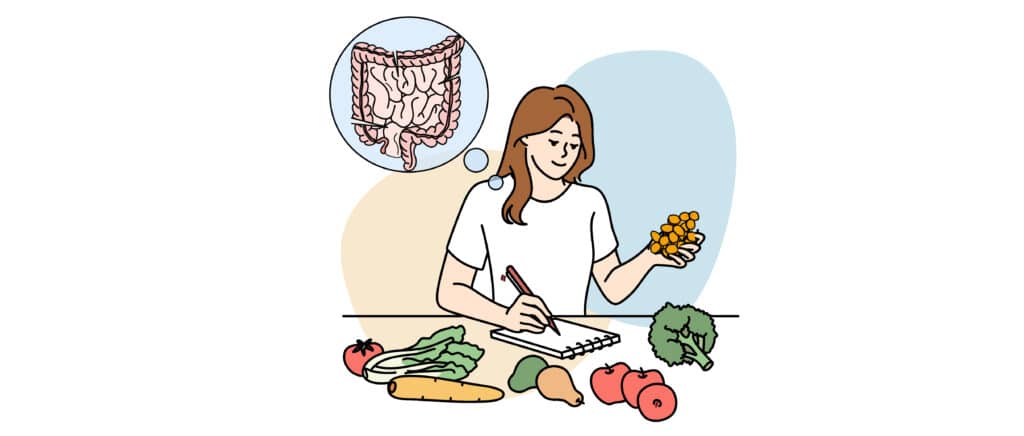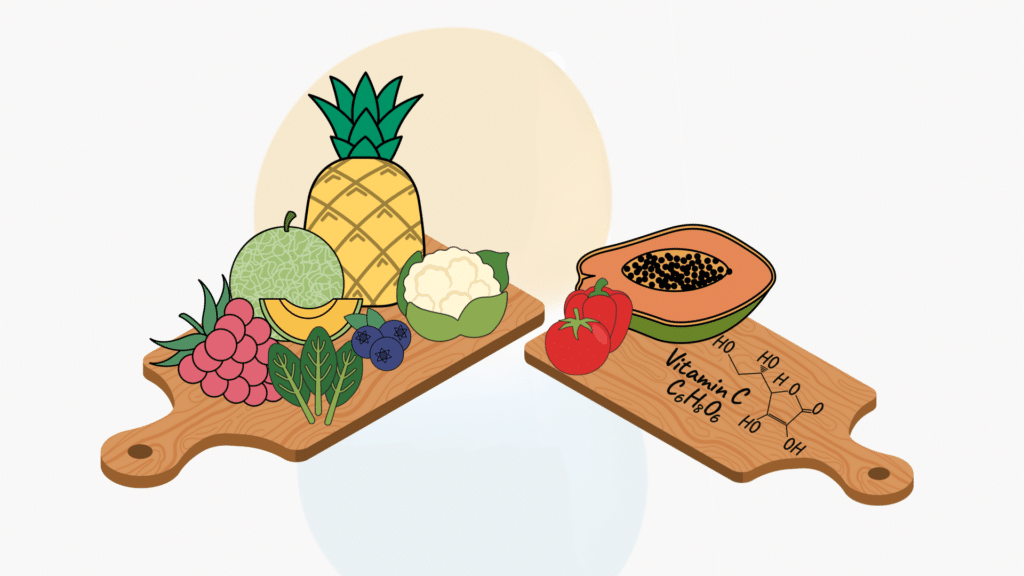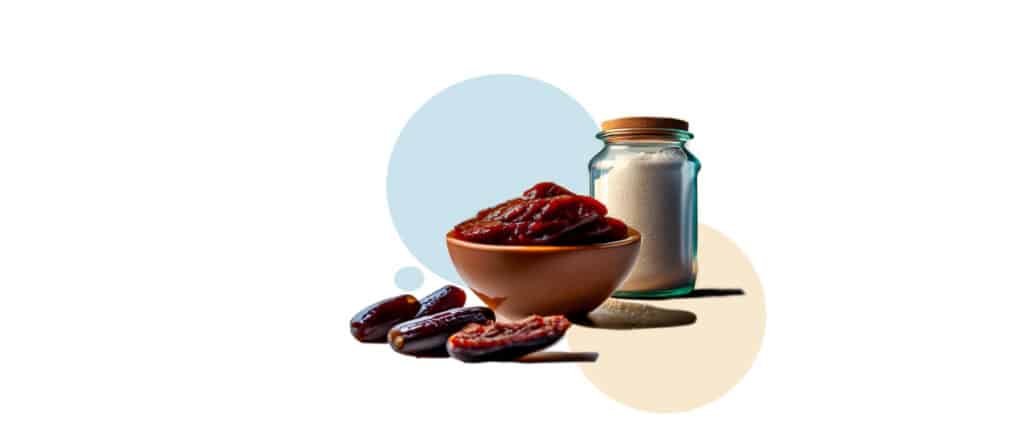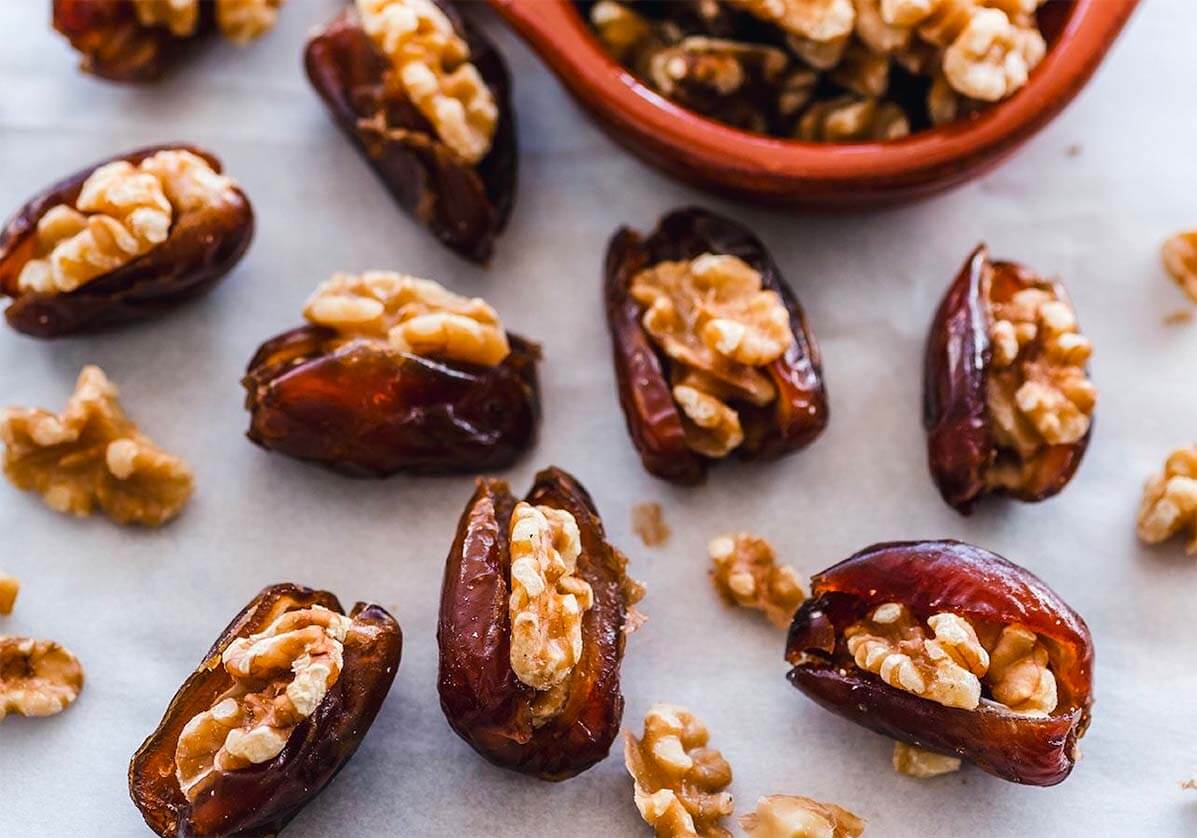What Does Calcium Do to Your Body?
- All About Dates Dates Nutrition
- June 26, 2021
- 16 minutes read
Calcium is well known for its role in promoting good bone health. But what does calcium do to your body? Find out what other roles calcium plays and what the best sources of calcium are in this article.
Health Functions
Calcium is a mineral found in a variety of foods. Almost all of our calcium gets stored in our teeth and bones. This is where it plays a major role in their strength and hardness. Calcium also allows our muscles to move and helps nerves carry signals from our brain to our body. It also aids in the release of hormones and enzymes.
Disease Risk Reduction
Our bones reach the peak mass by age 30. Therefore, getting adequate calcium and vitamin D during our childhood and young adulthood is imperative. As we age, our bones begin to lose calcium. This can increase our risk of osteoporosis. Over 10 million older adults experience osteoporosis, and it is more common in women than men. In osteoporosis, the bones become more fragile and prone to fracture. Getting enough calcium (1,000 mg per day for ages under 70 and 1,200 mg per day for those above 70 years of age) and vitamin D (15 mcg before age 70 and 20 mcg after age 70) can help reduce the risk for osteoporosis.
Calcium also plays a role in reducing the risk for heart disease. A diet high in low-fat dairy products, fruits, and vegetables has been shown to reduce blood pressure and hypertension. These conditions have been linked to heart attacks. Calcium helps the veins and arteries relax and reduces the cholesterol in the blood. We recommend getting adequate calcium without exceeding the upper tolerable limit (2000-2500 mg per day). This can also reduce the risk for heart disease, heart attacks, and stroke.
Preeclampsia is the second leading cause of death in pregnant women and babies. It is a serious pregnancy complication where pregnant women develop high blood pressure. Protein may also be found in the urine. Without proper medical intervention, it may lead to convulsions or coma. Taking a 1,000 mg calcium supplement during pregnancy has been shown to greatly reduce the risk of preeclampsia. This is especially true for women who were getting less than 900 mg of calcium per day.
Some evidence suggests getting adequate calcium from food sources has been found to decrease the risk for colon and rectal cancers. Dairy products are rich in calcium. They have been linked to a decreased risk of bladder, breast, and ovarian cancers.
Groups at Risk
There are three groups most at risk for calcium deficiency.The first group includes women, especially adolescents and those that are postmenopausal. Individuals with a milk allergy or lactose intolerance are also at risk. The last group are those with dietary intake deficiency (children and the elderly).
Young women are less likely to get enough calcium during adolescence compared to young men. They are more likely to have a poor baseline of calcium. This can contribute to low calcium levels in adulthood, especially after menopause. Postmenopausal women are also at risk. This is because changes in their hormones impact how the bones are mineralized. This may contribute to their calcium deficiency. Women with eating disorders may also have calcium deficiency. Those who experience the female athlete triad are especially at risk for deficiency. This is a condition where one might have menstrual dysfunction. They may also have low energy availability, as well as decreased bone mineral density. This is relatively common for women in sports.
Dairy is the most common source of calcium in the United States. Those with milk allergies or lactose intolerance are particularly at risk for deficiency. We recommend drinking dairy-free, calcium-fortified supplements and modifying your diet to include more calcium-rich foods. This might help you meet your calcium needs.
Adolescents and older adults may not have good dietary habits. This may lead to poor calcium intake and calcium deficiency. Younger people may also replace dairy with dairy-free products. They might drink or eat products not rich in calcium instead. Those with eating disorders may choose to eat lower calcium foods over dairy products. Older populations may also experience calcium deficiency. This might be due to them not eating enough food with calcium. They might also be drinking medication that decreases the amount of calcium they absorb.
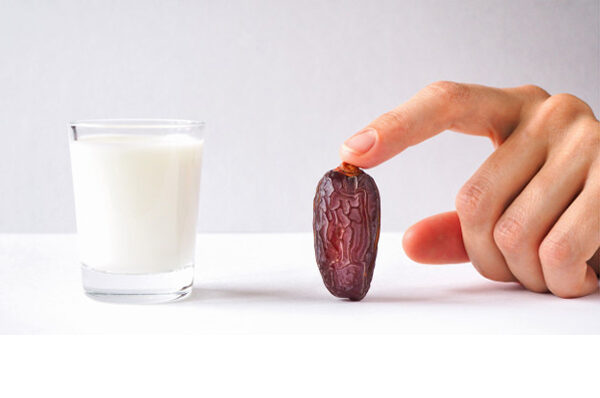
Intake Recommendations
The amount of calcium we need changes throughout our life cycle. During bone forming years, both men and women need more calcium. As we age, our calcium needs decrease. It can range from 200 mg to 1,300 mg, depending on your age and needs. The table below highlights how much calcium is needed per day (in milligrams) for each age group:
Ages in years | Recommendations |
Birth to 6 months | 200 mg |
Infants 7-12 months | 260 mg |
Children 1-3 years | 700 mg |
Children 4-8 years | 1000 mg |
Children and teens 9-18 years | 1300 mg |
Adults 19-50 years | 1000 mg |
Adult men 51-70 years | 1000 mg |
Adult women 51-70 years | 1200 mg |
Adults 71 and older | 1200 mg |
Pregnant and breastfeeding women | 1300 mg |
There are a number of sources of calcium. There is also a variety of food that can help individuals meet your calcium needs. At the same time, you will also get high quality protein, vitamins, and minerals.
Dairy products are widely known for being excellent sources of calcium. Low-fat milk, yogurt, and cheese are the leading sources of calcium in the American diet. One cup of milk contains about 200-300 mg of calcium. A 1-oz serving of cheese or a 170 gram container of Greek yogurt contains about the same amount. You may also choose to drink calcium fortified non-dairy milks, such as soy and almond milk. They have comparable amounts of calcium. It’s not too difficult for most people to get enough calcium. Americans consume multiple servings of dairy products per day.
Are you lactose intolerant? Do you choose not to consume dairy products? In that case, there are some animal and plant sources of calcium that you could include in your regular diet.
Canned salmon and sardines are a good source of calcium. We recommend choosing the canned fish that is packed in oil with the bones. A 3 oz serving of canned sardines provides 325 mg of calcium. Meanwhile, a 3 oz serving of canned salmon provides 180 mg of calcium. Canned shrimp provides about 125 mg per 3 oz serving. These choices also provide vitamin D and lean protein, making them a well balanced option. If you choose not to consume animal products, there are a number of vegetables high in calcium. These plant-based foods are also a good addition to a meat-eaters diet. They provide calcium as well as fiber, plant-based proteins, vitamins, and other minerals.
Leafy greens like kale, broccoli, and collard greens are excellent sources of calcium. Cooked kale provides 179 mg of calcium per cup, cooked broccoli 100 mg per cup, and cooked collard greens 266 mg per cup. Soybeans provide 175 mg of calcium per cup while 4 oz of tofu provides 205 mg. Cooked bok choy is another good source of plant-based calcium, with 160 mg of calcium per cup.
Many grain products are fortified with calcium as well. English muffins, frozen waffles, oatmeal, and ready-to-eat breakfast cereals that have been fortified maycan contribute significantly to calcium intake. One serving of these foods can contain anywhere between 100 to 1,000 mg of calcium. We recommend checking the package to make sure the products you are buying are fortified. Not all products are calcium fortified.
Dates, which are considered fruits, also have calcium in them. A cup of chopped dates contains approximately 57 mg of calcium. Dates are great to consume as is. It can also be consumed as part of a smoothie, baked good, on top of a salad, or more.
Conclusion on What Does Calcium Do to Your Body
Calcium plays a number of vital roles in the body. They aid in forming and strengthening your teeth and bones. They are also involved in nerve signaling and muscle contractions. Calcium may help prevent diseases. The amount of calcium we need changes as we grow older. To aid in healthy aging, we must get adequate calcium during adolescence and young adulthood. Our calcium needs can be met through supplements if necessary. However, we recommend getting calcium from food to prevent overconsumption of calcium, which may be harmful. The best way to ensure you are getting enough calcium is to eat a wide variety of calcium-rich food. This includes plant-based food, dairy products, and fortified grain products. They will also provide you with protein, fiber, and other vitamins and minerals!




